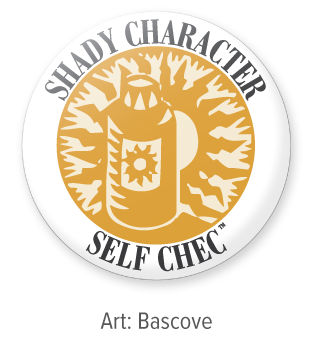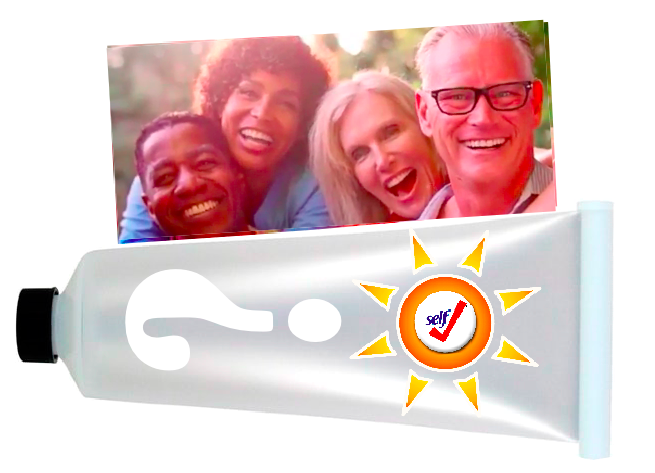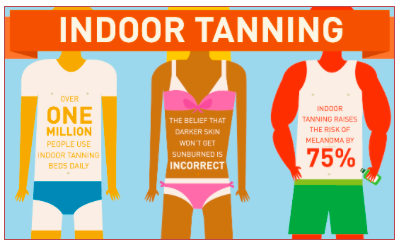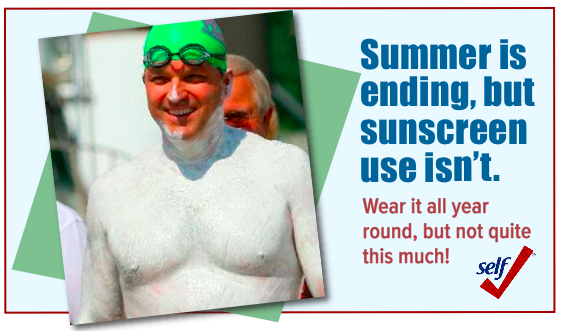What SPF And Broad Spectrum Mean
The Sun Protection Factor(SPF) is a guideline that tells you how long a sunscreen should protect you from the sun’s rays. A product with SPF 15 is the minimum you should use.
The more fair-skinned you are, the more easily you’re likely to burn—for some, that’s after just 5 minutes, so a higher SPF, like 30 or 50, is a better choice to use. It’s also a must for anyone planning on being outside for an extended period of time.
Here Are The Actual Numbers
- SPF 15 blocks 94% of the sun’s rays.
- SPF 30 blocks 97%.
- SPF 50 blocks 98%.
- SPF 50 offers just 1% more, and nothing blocks 100%. Be aware that the false sense of security with a higher SPF may lead to overdoing exposure, and getting a burn.
Broad-spectrum sunscreen products filter higher amounts of damaging UVB rays, but guarding against a burn is only part of the protection you need. You also want a product that also screens out UVA rays, those that cause deep skin damage. Such products are labeled broad-spectrum.
Broad-spectrum sunscreens with SPF 15 or higher state specifically: “If used as directed with other sun protection measures, this product reduces the risk of skin cancer and early skin aging, as well as helps prevent sunburn.”
Even if the label says broad-spectrum, sunscreens with SPF of between only 2 to 14 have not been shown to help prevent skin cancer or early skin aging, and must display this fact as a warning.
Resource: The Skin Cancer Foundation
Learn more About How Much Sunscreen To Apply/Reapply













